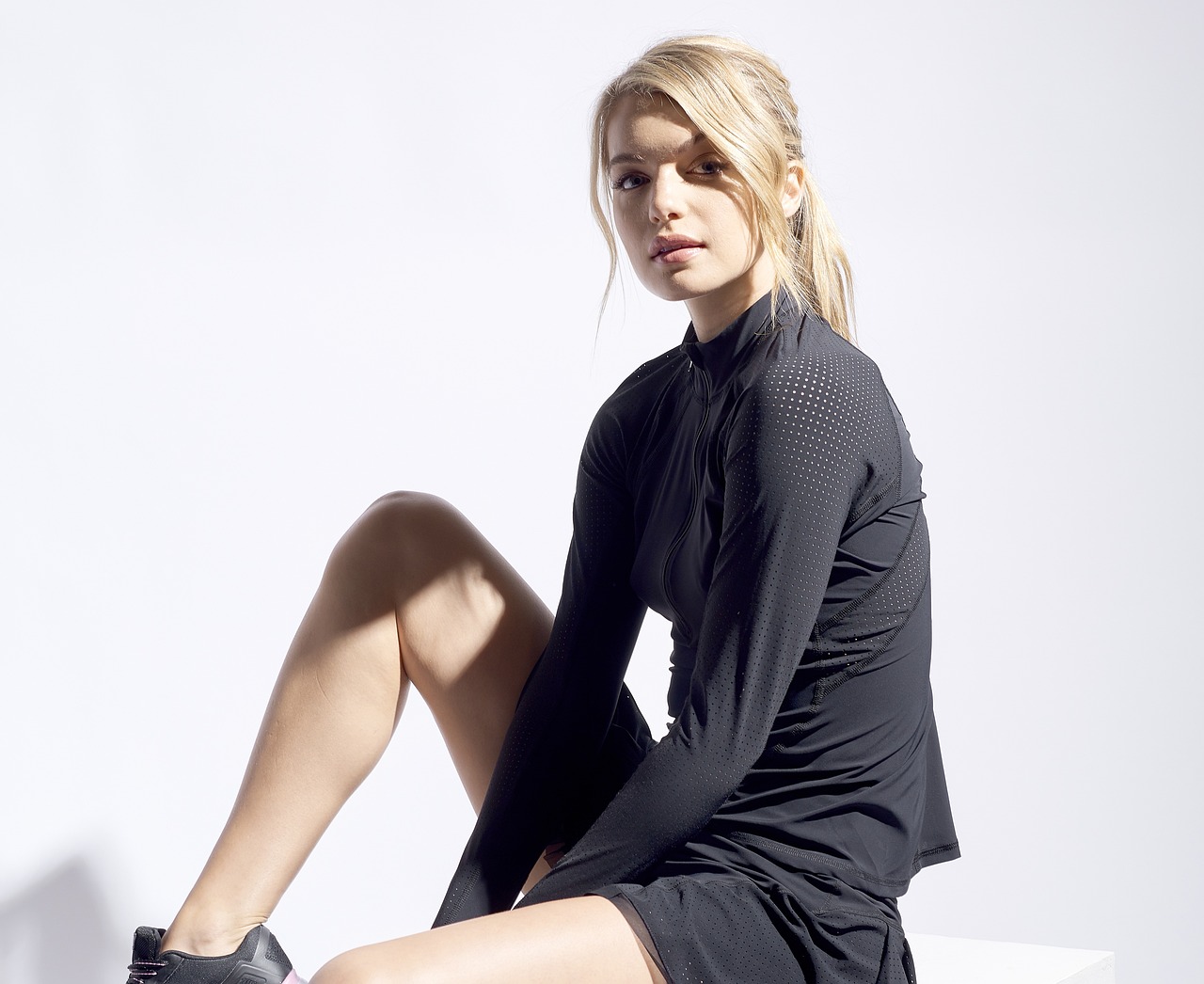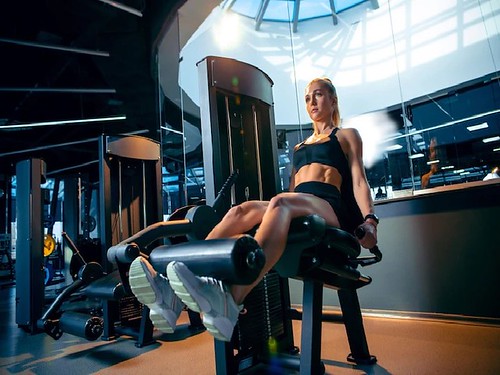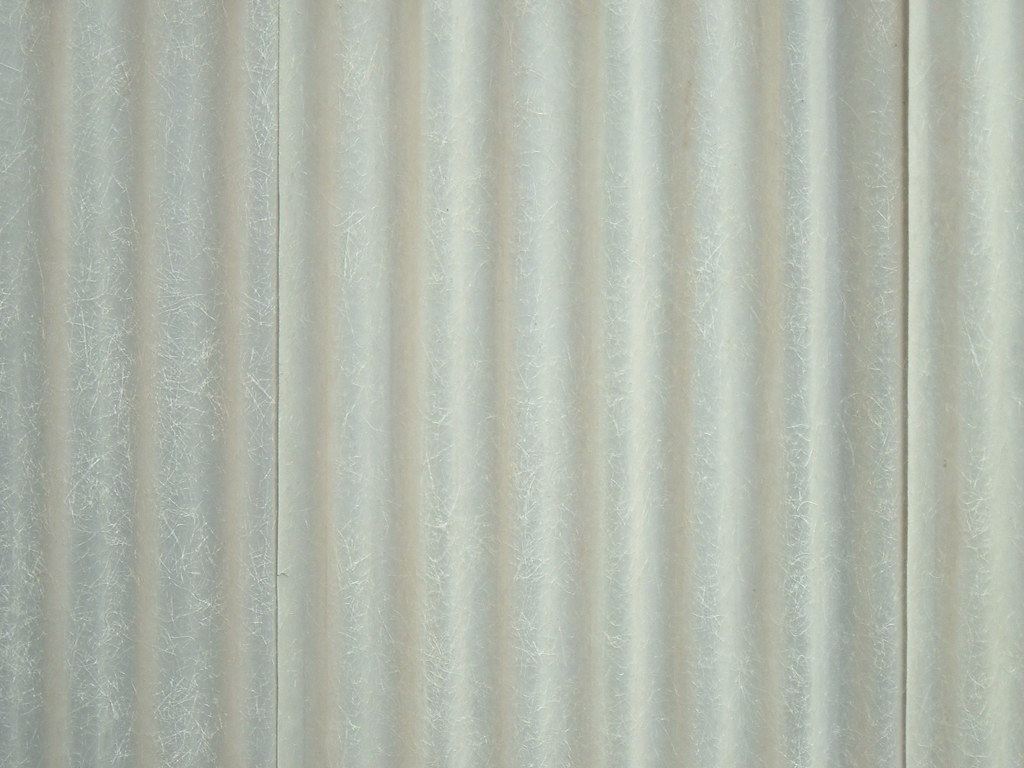Compression wear has become increasingly popular among athletes and fitness enthusiasts over the past decade, and it’s easy to see why. From the sleek designs to the numerous benefits claimed by both users and experts, compression garments are now a staple in most fitness wardrobes. But what exactly makes compression wear so effective, and why do so many people swear by it for both training and recovery? Whether you’re new to the gym or a seasoned athlete, this guide will walk you through the key benefits of using compression wear in your fitness routine.
1. Enhanced Circulation and Blood Flow
One of the most significant benefits of compression wear is its ability to enhance circulation and improve blood flow during physical activity. Compression garments apply gentle, graduated pressure to specific areas of the body, which helps increase blood circulation. This enhanced circulation allows more oxygen-rich blood to reach your muscles, improving endurance and performance during workouts.
Better circulation also means that metabolic waste, such as lactic acid, is more effectively removed from the muscles, reducing the likelihood of cramping and muscle fatigue. This benefit is particularly useful for endurance athletes like long-distance runners, cyclists, and rowers, who need sustained muscle performance over long periods.
2. Reduced Muscle Fatigue and Soreness
Another important advantage of wearing compression garments during exercise is their ability to reduce muscle fatigue and soreness. By providing consistent pressure and support to the muscles, compression wear helps minimize vibrations and micro-tears that naturally occur during physical activity. This, in turn, leads to reduced muscle soreness after workouts, making it easier to stick to a regular fitness routine.
Compression tights, calf sleeves, and arm sleeves are especially helpful in reducing delayed onset muscle soreness (DOMS). DOMS often sets in 24 to 48 hours after an intense workout, and it can be a major barrier to getting back to the gym. With the help of compression wear, athletes can experience less soreness and faster recovery, allowing them to maintain a consistent training schedule without excessive discomfort.
3. Improved Muscle Support and Stability
Compression garments are designed to offer enhanced muscle support and stability, which is crucial for individuals engaging in high-impact or strength-based workouts. The snug fit of compression wear keeps muscles in place, minimizing unnecessary movement and vibrations during intense exercise. This added stability can lead to a more efficient use of energy and improve overall athletic performance.
For weightlifters and athletes who engage in explosive movements like jumping or sprinting, compression gear can help maintain proper muscle alignment, reducing the risk of strains or pulls. Compression shorts, for instance, are particularly effective for supporting the quadriceps and hamstrings during dynamic movements, while compression sleeves can help stabilize the biceps and triceps during upper-body exercises.
4. Increased Proprioception
Proprioception refers to the body’s ability to sense movement, action, and location. It’s a critical aspect of physical performance, especially when performing complex exercises or working on balance and coordination. Compression wear has been found to enhance proprioception by providing sensory feedback to the muscles and joints.
This sensory feedback allows athletes to be more aware of their body position and movement patterns, which can improve form and technique during workouts. Better proprioception also means that individuals are less likely to overextend or place unnecessary strain on their muscles, reducing the risk of injury during training.
5. Reduced Risk of Injury
The snug, supportive fit of compression garments helps reduce the risk of injury by stabilizing muscles and joints during exercise. Compression gear can aid in minimizing sudden, awkward movements that may lead to sprains or strains, especially during high-intensity workouts. For runners, wearing compression socks can provide additional support for the calf muscles and reduce the risk of shin splints, a common injury caused by repetitive impact.
Compression wear is also beneficial for individuals recovering from previous injuries. The added support can help alleviate pressure on vulnerable areas, allowing for safer, more comfortable movement. For example, knee compression sleeves can be worn by those recovering from knee injuries to provide additional support while returning to physical activity.
6. Faster Recovery
Recovery is just as important as training itself, and compression wear can play a significant role in speeding up the recovery process. Compression garments increase blood flow, which helps to remove waste products from the muscles more quickly after exercise. This improved circulation means that muscles receive essential nutrients faster, reducing inflammation and promoting tissue repair.
Many athletes choose to wear compression gear not only during workouts but also after exercise as part of their recovery routine. Compression socks, for example, are often worn post-run to help alleviate soreness in the calves and promote recovery. Studies have shown that compression wear can reduce swelling and muscle inflammation, leading to faster and more efficient recovery after intense workouts.
7. Temperature Regulation
The materials used in compression wear are typically designed to be breathable and moisture-wicking, which helps in maintaining an optimal body temperature during exercise. Whether you’re training in warm or cool environments, compression garments help regulate body temperature by keeping you cool when it’s hot and warm when it’s cold.
The moisture-wicking properties of compression wear draw sweat away from the skin, preventing chafing and skin irritation. This is particularly beneficial during extended workouts, such as long-distance runs or endurance events, where moisture buildup can cause discomfort and even blisters. Compression shirts and leggings also provide an added layer of insulation during cooler months, making them suitable for year-round training.
8. Enhanced Comfort and Fit
Compression garments are specifically designed to provide a comfortable, second-skin fit that moves with your body. Unlike loose-fitting workout clothes, compression wear stays in place during your exercise routine, eliminating the need for constant adjustments. The snug fit also helps prevent chafing, as there are fewer opportunities for the fabric to rub against the skin.
The comfort of compression wear is especially valuable during high-intensity activities that involve frequent changes in movement, such as circuit training or HIIT. Compression garments do not bunch or ride up, allowing athletes to focus on their performance without distractions. Many brands also design their compression wear with flatlock seams to further reduce the risk of chafing and skin irritation.
9. Better Performance in Endurance Sports
Endurance athletes, such as marathon runners, cyclists, and triathletes, often turn to compression wear to improve their performance during long training sessions and races. The enhanced circulation provided by compression garments helps delay the onset of fatigue by delivering oxygen more efficiently to working muscles. This translates to sustained performance levels over longer periods, which is crucial for endurance events.
Additionally, the reduced muscle vibrations and added support help conserve energy, which is especially important during the final stages of an endurance event. Compression shorts and calf sleeves are popular among long-distance runners, as they provide targeted support to the key muscle groups involved in running and help maintain good posture throughout the activity.
10. Versatility in Different Types of Training
One of the major advantages of compression wear is its versatility. Whether you’re lifting weights, running, cycling, or doing yoga, there’s a type of compression garment that can provide specific benefits for your activity. Compression leggings are ideal for lower body support during weight training and HIIT, while arm sleeves can be helpful for upper body workouts that involve repetitive lifting or pulling.
For team sports such as basketball, soccer, or volleyball, compression wear offers added support for explosive movements and helps reduce the risk of injury from quick changes in direction. Cyclists can benefit from compression bib shorts, which provide comfort during long rides and help reduce muscle fatigue in the quads and glutes.
Compression wear has become a go-to choice for athletes and fitness enthusiasts because of its many performance and recovery benefits. From improving circulation and reducing muscle soreness to providing extra support and reducing the risk of injury, compression garments are an effective tool for enhancing your workouts and maximizing your recovery. Whether you’re training for an event, recovering from an intense workout, or simply looking to improve your comfort during exercise, compression wear can be a valuable addition to your fitness routine.















